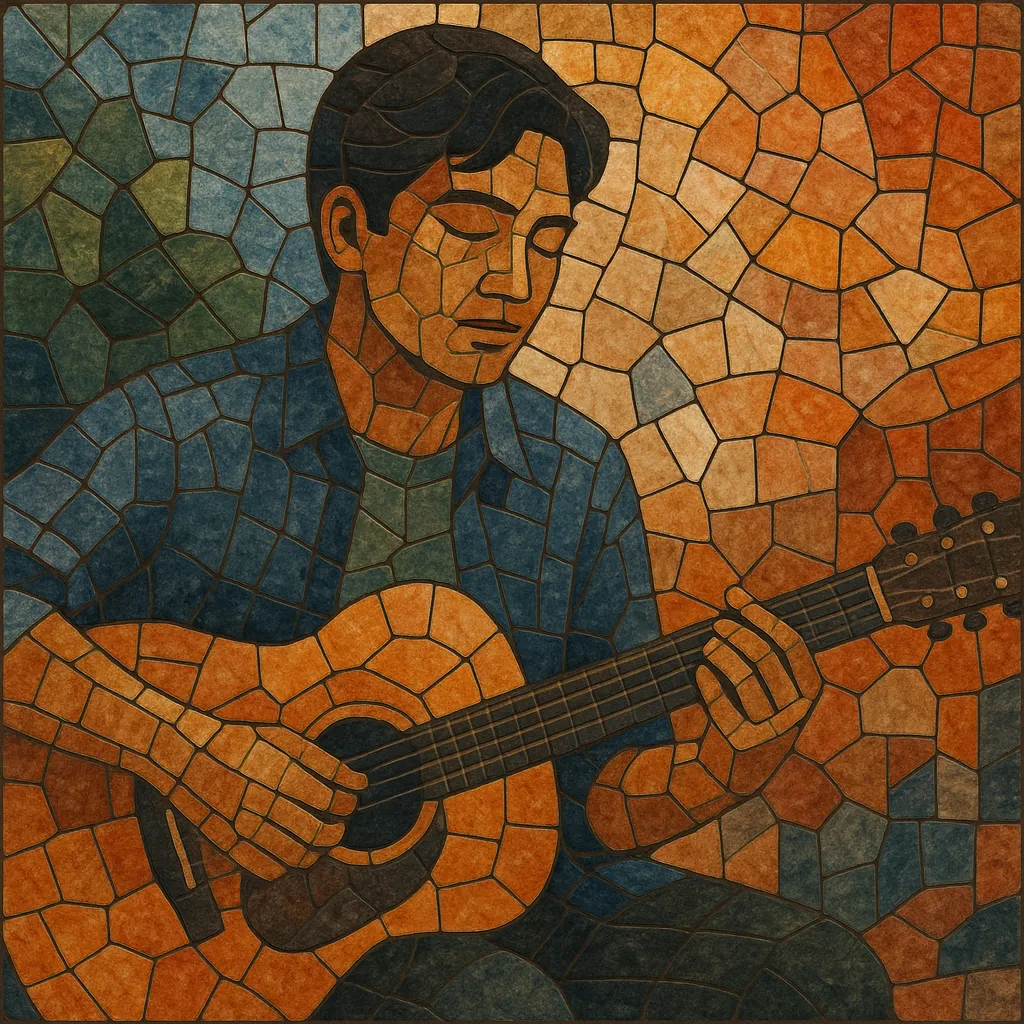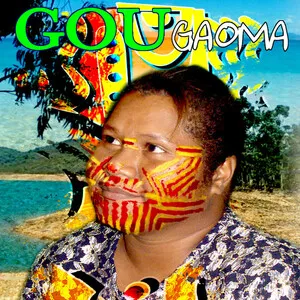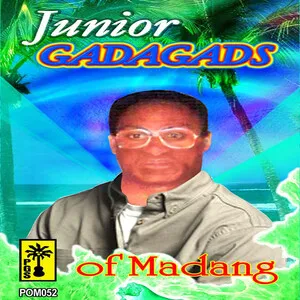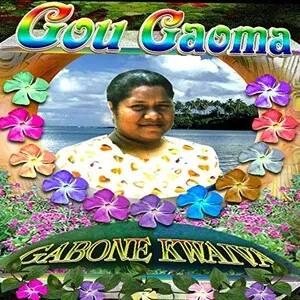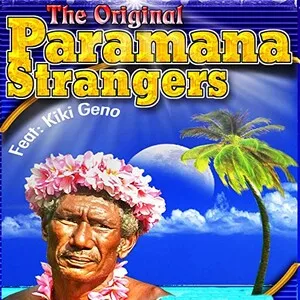Lokal musik is a contemporary umbrella tag used on streaming platforms to group locally rooted, Indonesian-language pop and indie-pop/rock that rose with the country’s streaming era.
The sound blends mainstream pop polish with singer–songwriter intimacy, light indie-rock guitars, R&B-tinged vocals, and occasional K-/J-pop and city-pop shimmer. Lyrics are typically in Bahasa Indonesia, foregrounding everyday romance, nostalgia, and personal reflection. Tempos are moderate, melodies are ear-catching, and production favors warm, unobtrusive grooves that translate well to both radio and playlists.
As a category label, it highlights “homegrown” appeal—locally made, locally sung, and locally resonant—rather than a rigid musical formula.
Indonesia’s mainstream and indie scenes laid the foundations with guitar-forward pop-rock and heartfelt ballads that dominated radio and television. Acts from the late 1990s and 2000s normalized Bahasa Indonesia as the primary pop language and established a taste for melodic choruses and relatable storytelling.
As streaming platforms localized their editorial presence, a catch-all tag for domestic, Bahasa-led pop/indie emerged. Under banners like “lokal musik,” new and legacy artists coexisted on algorithmic and editorial playlists, encouraging crossover between indie-leaning singer–songwriters and chart pop. The aesthetics coalesced around mid-tempo grooves, clean guitar/keys textures, and intimate vocal production.
With robust digital distribution and social media, “lokal musik” became shorthand for Indonesia’s modern, playlist-native pop. Artists span major-label stars and independent creators, and sonic touchpoints expanded—subtle R&B, city-pop glow, and bedroom-pop sensibilities—while maintaining a lyrical focus on romance, reflection, and everyday life.

